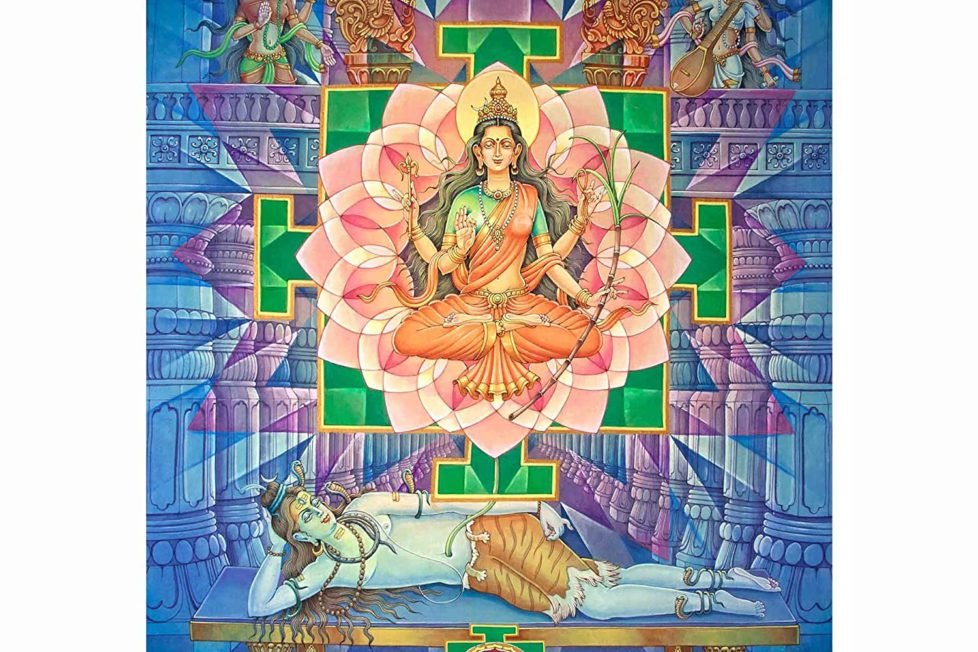Make Bharat Vishwaguru With this Shakti


One of Maa Parambika’s name in the Lalita-Sahasranama is “Ichha Shakti-Nyaana Shakti-Kriya Shakti Swaroopini”. What is the meaning of this name and why is it important for Bharat especially right now?
Ichha is Desire. It is the desire to manifest something in this universe. It is the seed form of any happening in this world. And it is powerful. Without a desire, without a goal, we cannot achieve anything. But this desire has to be properly harnessed. With what?
Ichha Shakti has to be harnessed with Nyaana (Gyaan – knowledge) Shakti. The knowledge of how the desire is to be achieved is as important as knowing how to harness it for the welfare of the self as well as the entire universe. And now that you have an Ichha and you also have Nyaana of how it is done, one just has to do it. How?
Kriya Shakti is what ensures that the Ichha gains fulfilment. But there’s a catch here. Kriya is not just Action – plain action is Karm or Karya. Kriya is that action which has sacrificed desire for the result of such action, which means an action done as an offering to a higher self/cause/entity.
When all the above three Shaktis are generated together, one witnesses great change happening for the better of mankind, nay, the entire world. Some examples of the above are seen in our history :
One would find many more such examples in the history of our Bharatvarsha. Today, we find talk about Bharat becoming the Vishwaguru once more. But for this tectonic shift to take place, we need to have the three Shaktis together. Do we have it?
People have to think as One for the Ichha Shakti to manifest. Else, one person with total Selfless desire has to show his/her Ichha as being strong enough (Prabhal Ichha) for change. The desire has to be for the betterment of the Nation, of the people of the Nation, for Dharma. Only then will it fructify.
Secondly, we need to strengthen our Nyaana (Gyaan) Shakti. This mean that our Dharma has to become strong and be on the right path of transformation. This means a shift from thinking about the self (and a material life) to a thought where Dharma is protected and strengthened. This has to happen within and without ie. through Aradhana (Prayers) and Tapasya (Meditation), both. Our Mathadeeshas, our Gurus, Sants have to start kindling the fire of Dharma in every individual, make everyone learn and be proud of their rituals, heritage and lineage as Bharatiyas for our Nyaana Shakti to rise as one.
And finally, we need people to understand the philosophy of doing work without expecting selfish returns (Karm-phal). We need to work with the growth of our Nation as our goal. We could manifest individual goals, but they should add to the combined National goal of becoming a VishwaGuru.
During this COVID time and the skirmishes on the border areas with China, we have seen all the three Shaktis stir and people have shown the capability to work together, selflessly for a good cause. We need to harness this more and have a strong, selfless motivation to make our country the best. Vande Mataram!
Note: This write-up was first published in Organiser Magazine.
Ps: Image taken randomly from the Net.
DISCLAIMER: The author is solely responsible for the views expressed in this article. The author carries the responsibility for citing and/or licensing of images utilized within the text.
